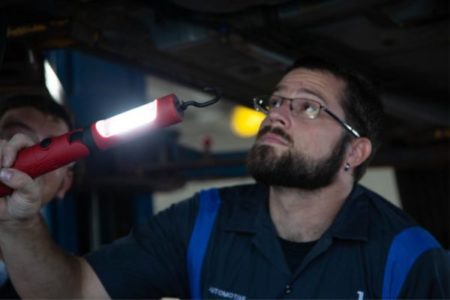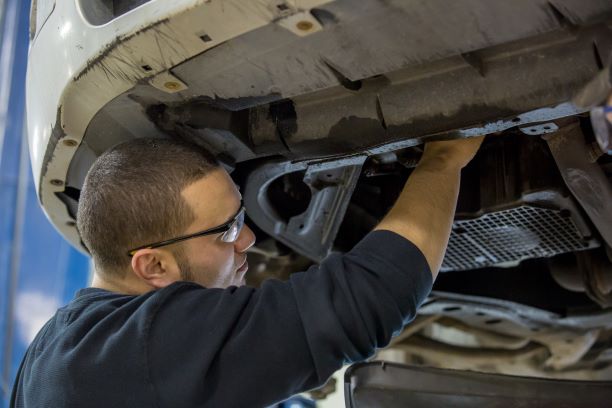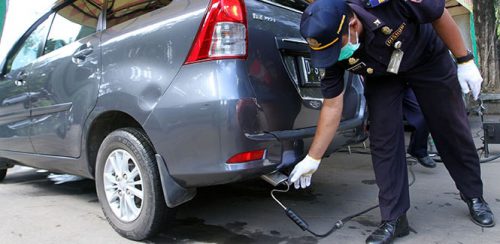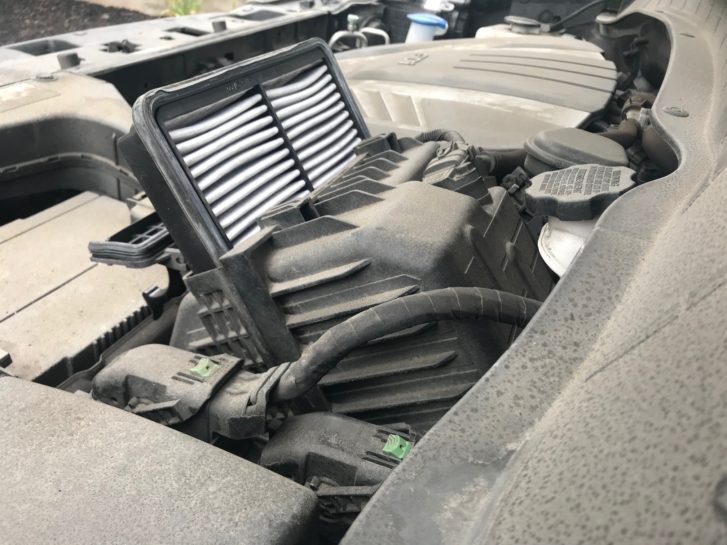Johnson College’s Continuing Education Program will be holding a Pennsylvania State Vehicle Safety Inspection course on campus March 1, 3, 8 & 10, 2021 from 6 p.m. to 9 p.m. Space is limited. The total cost of the course is $200 for cars and light trucks. There is additional $75 fee for other vehicle categories. To learn more or to enroll, visit johnson.edu/continuingeducation or contact the Continuing Education Department at 570-702-8979 or continuinged@johnson.edu.
The Pennsylvania State Vehicle Safety Inspection course requirements include 12 classroom hours, a written test and a two-hour tactile test scheduled independently with the instructor. All must be completed before receiving certification from PennDOT. Registration is on a first-come, first-served basis according to the date of payment. Class size is limited to 12 students so participants are encouraged to register early. Applicants must be at least 18 years of age and have a valid operator’s license for each class of vehicle they intend to inspect. Classes will be held in the Automotive Center of the Weaver Building on the Johnson College campus.
Those who successfully pass the exam, will be certified to review, assemble and complete applications and documents related to reconstructed, specially constructed, modified, flood, recovered theft, collectible vehicles and street rods.
Johnson College’s Continuing Education Program distinguishes itself from the College’s 2-year degree programs and certificate courses by providing its adult students the opportunity to improve their skills to stay ahead of the competition, learn new technologies, and advance in their current career. The Continuing Education courses, many taught by industry professionals, are utilized and recognized by industry partners because they’re developed in partnership with industry. The program also includes pre-employment skills testing and exclusive online courses offering certification classes for essential industries. Johnson College also assists individual students and industry partners in obtaining funding or grants so their continuing education courses are cost effective. We train the workforce of northeastern Pennsylvania by immersing our continuing education, degree and certificate earning students in industry from day one. We Work, so our students succeed. For additional information on Johnson College’s Continuing Education Program, please call 570-702-8979, email continuinged@johnson.edu, or visit Johnson.edu/continuingeducation.





